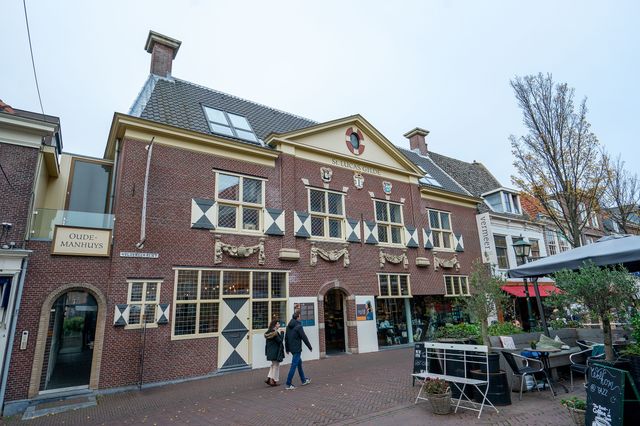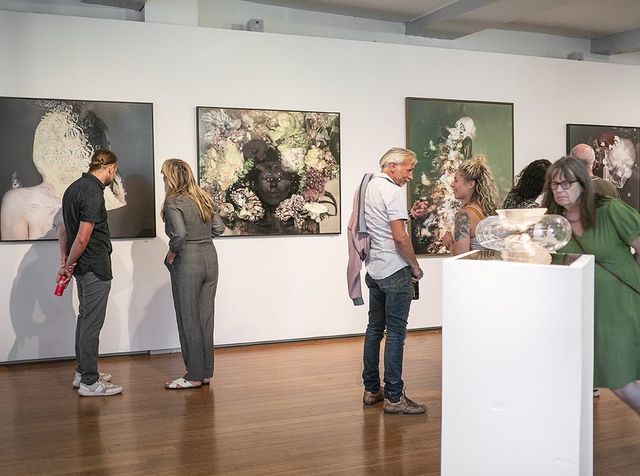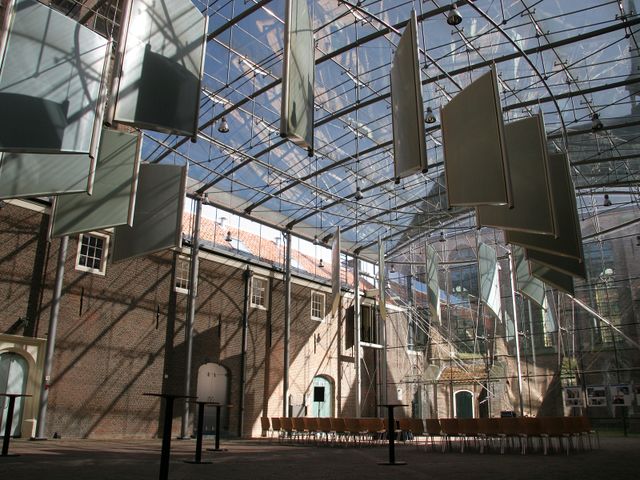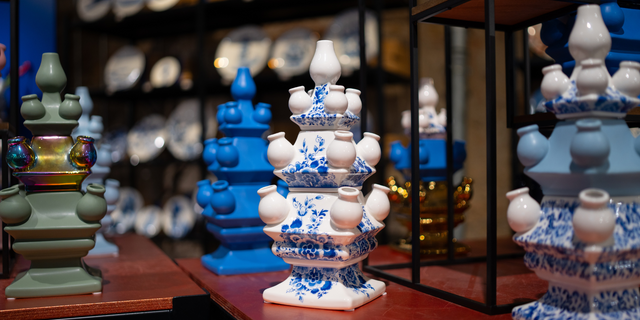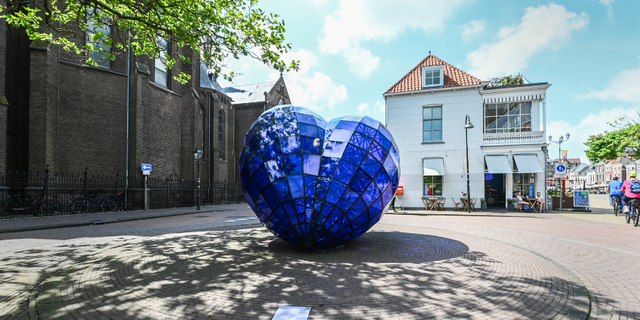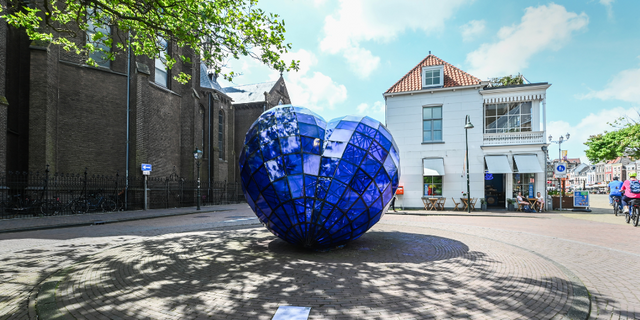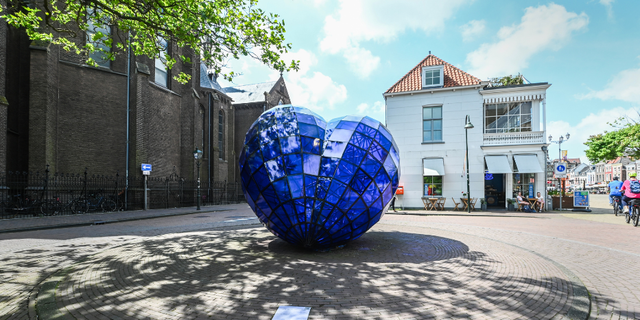
The Study of Reinier de Graaf - Walkingroute Antoni
Museum of medicine and pharmacology ‘De Griffioen’ Visitors to the museum can see a historical pharmacy and a room dedicated to Reinier de Graaf. The collection gives a great impression of the development of medicine.
Museum of medicine and pharmacology ‘De Griffioen’
Visitors to the museum can see a historical pharmacy and a room dedicated to Reinier de Graaf. The collection gives a great impression of the development of medicine.
Reinier de Graaf (1641- 1673), physician and anatomist
In 1666, Reinier was an internationally-celebrated medical researcher when he settled in Delft as a …
Museum of medicine and pharmacology ‘De Griffioen’
Visitors to the museum can see a historical pharmacy and a room dedicated to Reinier de Graaf. The collection gives a great impression of the development of medicine.
Reinier de Graaf (1641- 1673), physician and anatomist
In 1666, Reinier was an internationally-celebrated medical researcher when he settled in Delft as a physician. He became very close friends with Antoni van Leeuwenhoek, who was nine years his senior. He did trail-blazing research on the structure and function of the male and female sexual organs. As such, he was one of the pioneers of reproductive medicine and discovered the ovarian follicle, later named after him as the ‘Graafian follicle’. De Graaf introduced Van Leeuwenhoek to the Royal Society of London, the British academy of sciences, and urged him to send his findings there. Not long afterwards, even before Antoni’s first publication, Reinier died unexpectedly at the age of 32. He was buried in the Oude Kerk in Delft.
Ovism and spermism
Throughout his life, Van Leeuwenhoek was an adherent of spermism (the idea that all life comes from tiny creatures such as sperm cells or spermatozoids) and a passionate adversary of ovism (the notion that all life comes from an egg). Only in the 19th century would new microscope techniques show that sperm cells and egg cells were jointly responsible for creating new life.

